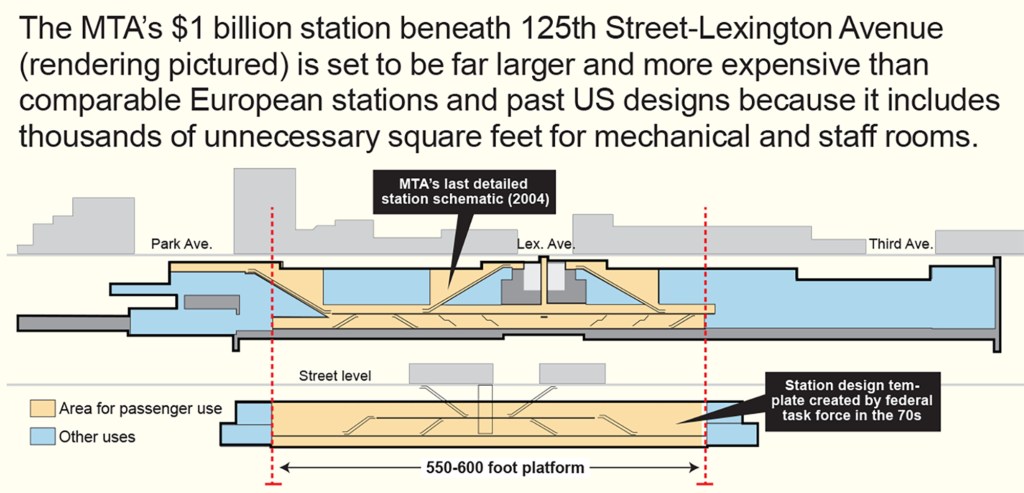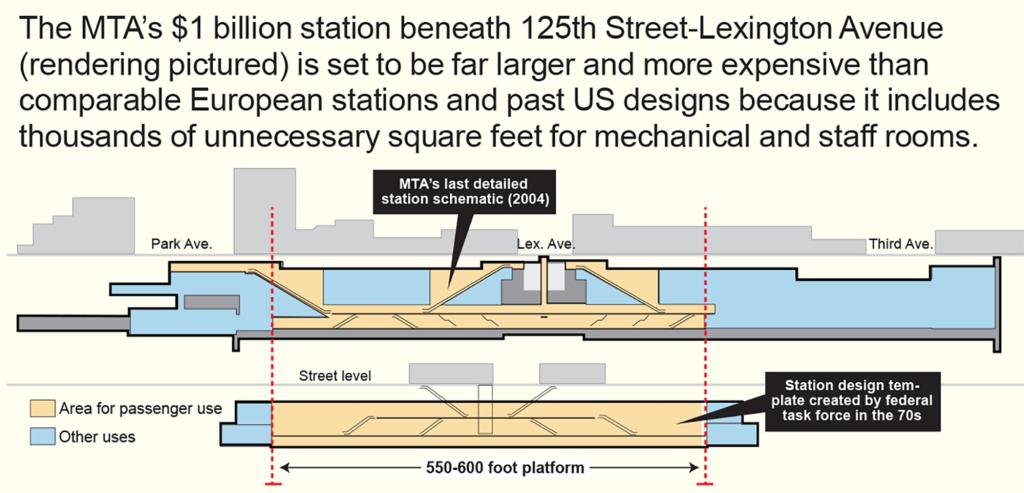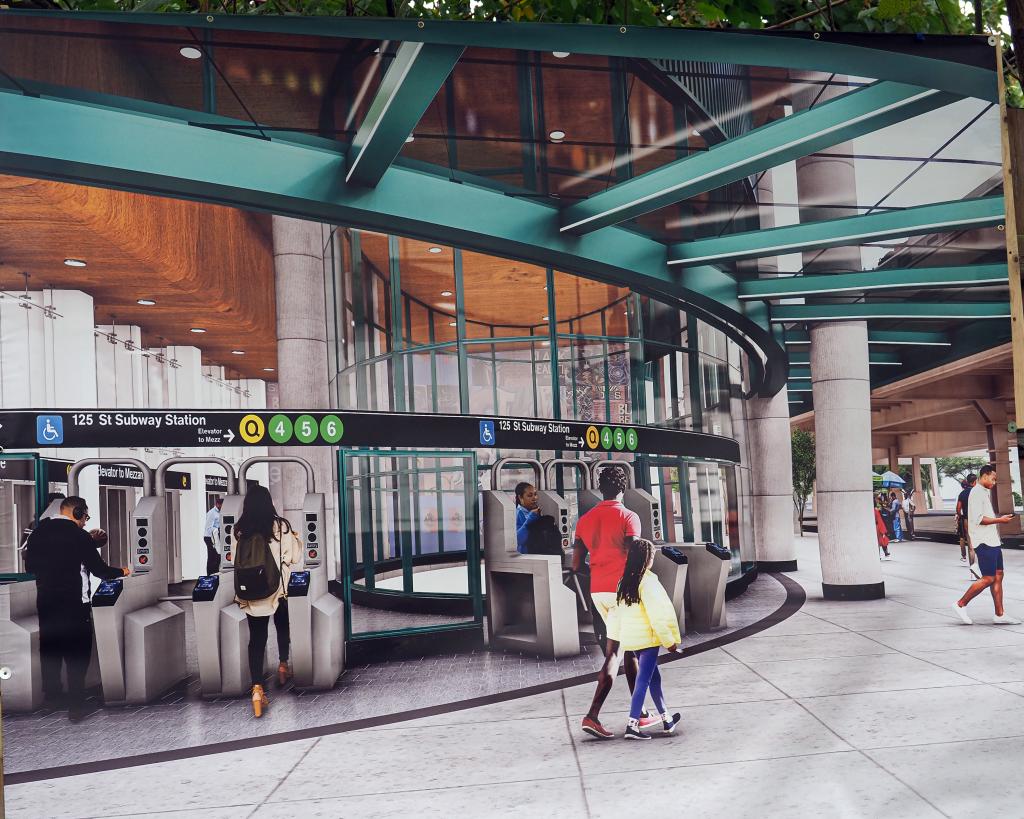MTA review of East Harlem subway expansion finds $300M in savings — after Post revealed massive costs
Contact The Author
The MTA could save up to $300 million on its Second Avenue subway expansion into East Harlem with “more efficient” station designs, according to a preliminary review of the plan — which was launched after The Post revealed the project’s eye-popping cost.
The savings could bring the price tag of the project — which would extend the Q line by creating three new stations at 106th, 116th, and 125th streets — down to $6.6 billion from $6.9 billion, the agency said Monday.
“We spent a lot of time on the size of the stations and I’ll say, ‘we’re not done’,” said the MTA’s construction chief, Jamie Torres-Springer, who described the new designs as “more efficient.”
The MTA launched a review of the expansion after a series of investigations by The Post revealed how the new stations would be built twice as long as the platforms needed to serve the Q train — and would cost billions more than comparable designs used in other major global cities.
As such, officials said the cost-cutting changes include shrinking the proposed 125th Street-Lexington Avenue station.
The extra length — about 600 feet — was initially set aside to create space for break rooms, mechanical rooms and storage. It wouldn’t have been seen or used by straphangers.
Experts had said much of that fat could easily be trimmed, as other subway systems use much less space for the same functions.
The agency said it could also downsize — or potentially eliminate — the mezzanine at the proposed 116th Street station to lower costs and avoid costly utility relocation.
The three new East Harlem stations combined would be used by approximately 100,000 people daily, according to MTA predictions.
Still, officials said they hoped the review would eventually net more savings off the project’s price tag, which officially still stands at $6.9 billion before financing costs that increase it to $7.7 billion.
It is unclear what the expansion would total after financing costs at the trimmed-down $6.6 billion price tag.
That initial valuation already included an estimated $1 billion in savings gained from reusing the tunnel laid down by the MTA in the 1970s and previous trims to the stations.
The MTA detailed some of the station changes at a briefing to announce that Gov. Kathy Hochul — who controls the agency — was releasing the first big contract for the East Harlem extension. It will relocate the utilities under Second Avenue between 105th and 110th Streets, at a cost of $182 million, to make room for the proposed station at 106th Street.
The Post’s series published throughout 2023 revealed how the MTA’s planned stations drawn up by outside firms were far larger and more expensive than comparable designs used by transit agencies in London, Paris and Rome.
The European designs are done in-house and take pains to minimize construction costs by keeping stations as small as possible.
In particular, they focus on limiting the amount of space hidden from riders and dedicated to mechanical functions, break rooms and storage for supplies.
An apples-to-apples equivalent of building the Q-train’s East Harlem extension — based on what has been done in London, Paris or Rome — shows it could be done for between $2 billion and $2.3 billion, just a third of what the MTA expects to spend, The Post previously reported.
The three new designs at 106th, 116th, and 125th streets were initially only slightly changed from the designs used for the first leg of the Second Avenue line through the Upper East Side — despite a team of researchers from New York University determining the excessive size was a major contributor to the project’s record-shattering price tag.
“The pendulum is clearly swinging back in the right direction,” said Eric Goldwyn, who led the NYU team. “The more we can stretch these dollars, the faster we can get to building this project.”





